You may consider yourself a bit of a chocoholic, but there’s a lot you might not know about rich, decadent chocolate. Before you grab that tasty square of dark chocolate or have a scoop of chocolate ice cream for dessert, read up on these interesting chocolate facts!
- It takes many cocoa beans to make chocolate. Between 300 and 600 cocoa beans are needed to make just one kilogram of chocolate!
- There are three different types of cocoa used in modern chocolate making. Forastero cocoa is harvested in the Amazon and used in 90% of the world’s chocolate; Criollo beans are grown in Central and South America and are the rarest types of beans; Trinitario beans are hybrids of the other two.
- Cocoa beans must be roasted just like coffee beans to create chocolate.
- Ever wondered what the percentage on a chocolate bar refers to? It describes how much of the bar’s weight comes from the cocoa bean, and it impacts the darkness of the bar.
- Dark chocolate is good for you. It's packed with antioxidants and is believed to help reduce blood pressure and improve the cardiovascular system.
- Eating dark chocolate every day can cut your risk of heart disease by one-third.
- The ancient Aztecs and Mayans once used chocolate as currency. People used cocoa beans to buy food, tools and livestock.
11 Facts About Chocolate [Do Something]
10 Fascinating Facts About the World of Chocolate [Listverse]
Facts about Chocolate [Purdy’s]
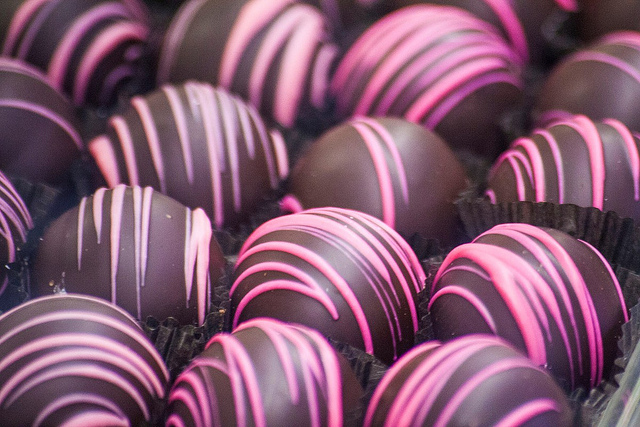

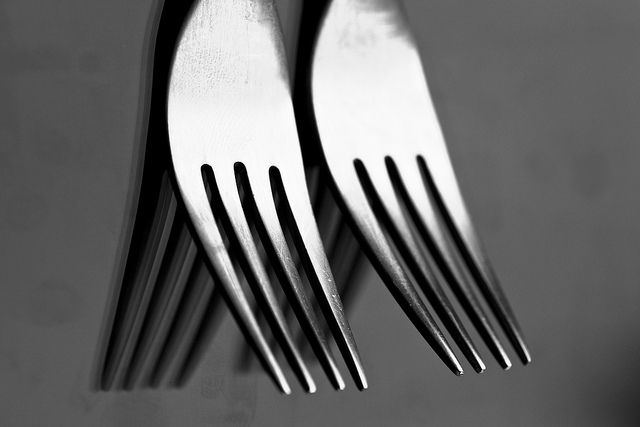
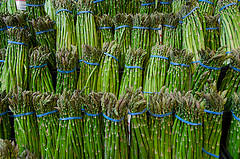
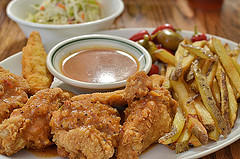
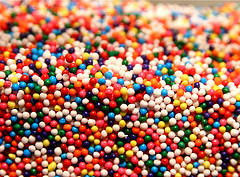
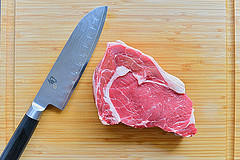

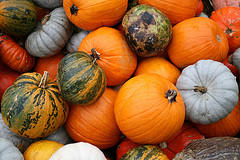
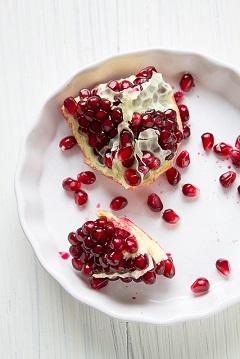
 Equal Housing Opportunity
Equal Housing Opportunity